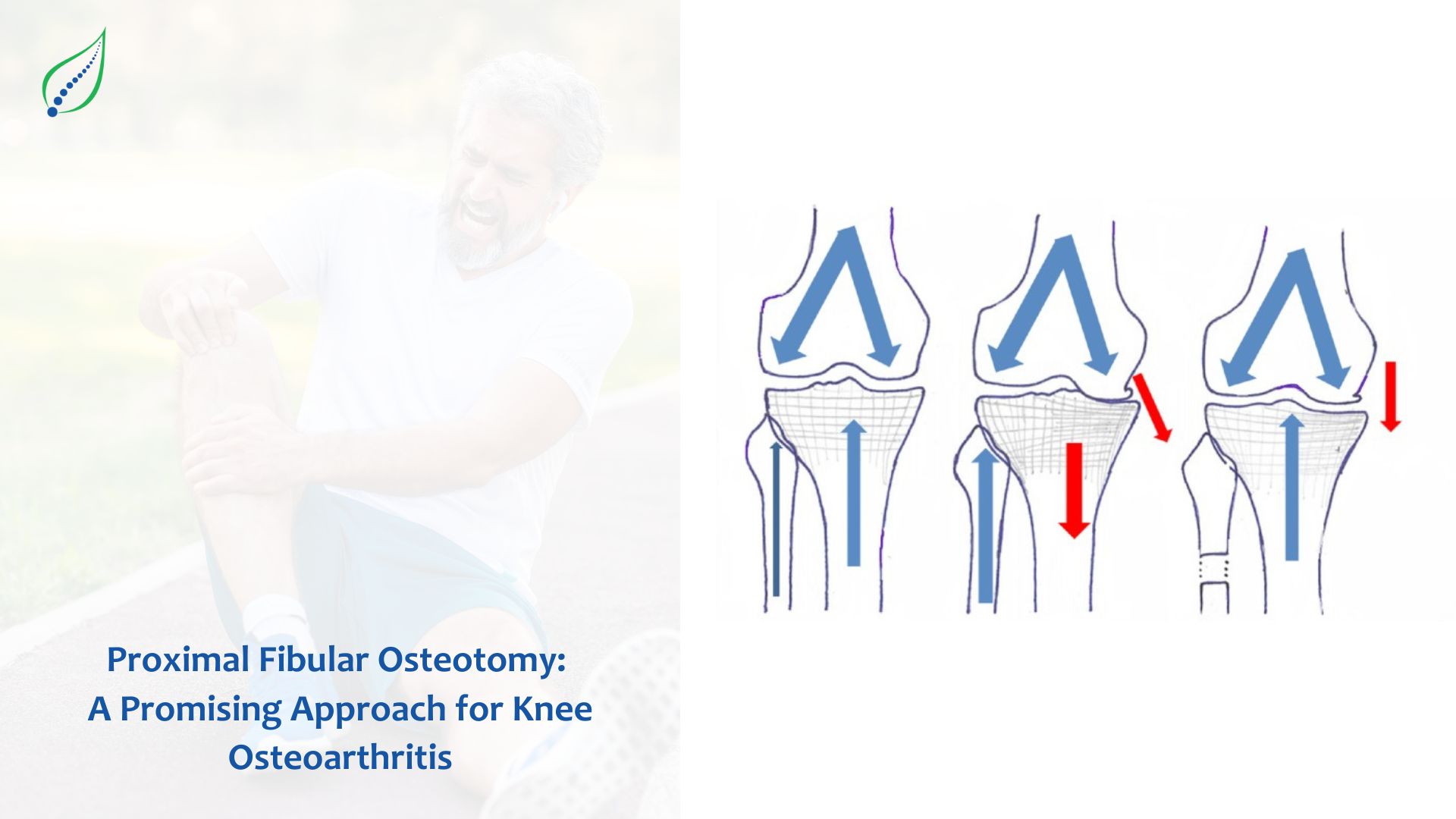Triangular Fibrocartilage Complex [TFCC]Injury
The triangular fibrocartilage complex (TFCC) is a connective structure composed of cartilage, tendons and ligaments, and connects the bones of the wrist with those of the forearm. Any injury to the forearm or wrist can result in damage to the TFCC as well and it is also prone to age-related degeneration. The function of TFCC is to cushion as well as provide stability to the wrist.
The TFCC regulates the mobility of the wrist joints and helps in rotational and gripping motions. Any wear or tear of the TFCC can result in difficulty in doing certain activities and movements. Any sudden accident or injury, especially in people above 40 when bone degeneration begins in the body, is more prone to tears in the TFCC. The pain is usually experienced near the little finger or the ulnar region of the wrist.
Causes of TFCC Tear
The very first and unavoidable cause of TFCC tear is age-related degeneration. The TFCC is composed of tissues such as cartilage, tendons, and ligaments and with time these tissues break down and become thinner.
Repetitive motion injury to the wrist is also another common cause. Some sports or jobs require repetitive motion of the wrist such as twisting and turning and this can slowly cause degeneration of the wrist tissues.
Accidents or injuries are the most immediate and common cause of TFCC tear. If you’ve sustained injuries such as a broken arm from a fall or accident, then the chances of getting your TFCC damaged are also very high.
Symptoms of a TFCC Tear
The most common symptom is stiffness of the wrist and the inability to perform certain movements.
An indication of TFCC injury is popping and clicking sounds, which are heard while rotating or moving the wrist.
Weakness in the wrist is also experienced which can affect your ability to grip and lift objects.
The pain is usually experienced near the little finger or the ulnar region of the wrist
Complications and Diagnosis of TFCC Tear
While minor damages can get rectified on their own, serious injuries require medical attention. Cricket and baseball players are especially prone to this condition since their sports require sudden and strong movement of the wrist while rotating the bat.
In order to diagnose this condition, your doctor will conduct a physical exam and examine your medical record to get an overview of the situation. The doctor will ask you to make certain movements to check for any popping sounds or stiffness in the wrist area. There are certain tests to confirm this condition such as TFCC compression test and TFCC stress test which are very useful in making the correct diagnosis for TFCC.
If your TFCC is damaged then you will also experience difficulty in gripping and lifting objects. In order to rule out other possibilities such as wrist fracture, your physician will recommend some imaging tests like X-rays and MRI scans.
Treatment of TFCC Tear
The starting phase of treatment includes resting and the use of NSAIDS to ease the pain. The use of cold packs is also recommended to reduce inflammation and swelling in the affected region. Since rest and immobilization are very important for recovery in TFCC, physical therapy is very crucial once the immobilization period is over.
Long-term inactivity can result in a decreased range of motion and weaker bones and muscles. A physical therapist will help you in regaining your strength and mobility and also restore the gripping and lifting abilities of your body. In case over-the-counter medications are not curing the pain, corticosteroid injections are also given to the patient along with mild exercises to prevent further weakening of the wrists.
![Triangular Fibrocartilage Complex [TFCC]Injury](https://www.spinalogy.com/storage/app/uploads/product_img/TFCC Injury_19_11zon_1677048341.jpg)



